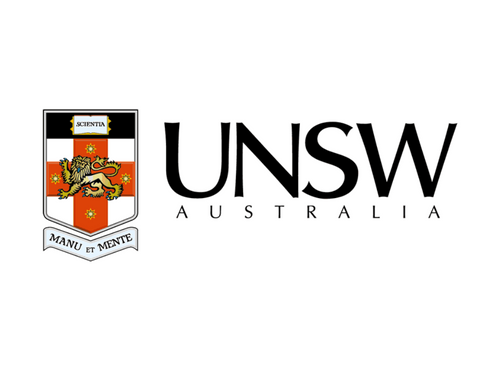UNSW has achieved net zero operational emissions using UNSW-developed photovoltaic technology, and now targets its value chain emissions to support climate action across the wider economy. As a global leader in solar photovoltaic research and development, harnessing this technology to provide UNSW with renewable energy reflects our heritage, the natural evolution of our story and our vision to achieve net zero emissions.
In 2020, UNSW Sydney switched to 100% renewable electricity through a landmark solar Power Purchase Agreement (PPA). In combination with energy efficiency measures, new onsite solar projects and purchased carbon credits for residual emissions, UNSW has achieved net zero operational (scope 1 and 2) emissions since 2020.
Also in 2020, UNSW Sydney became the first University in Australia, and we believe in the world, to calculate and publish a comprehensive value chain emission footprint, and set a target to reduce total (scope 1, 2, 3) emissions to net zero in line with global efforts to limit temperature increase to 1.5°C. This translates to a reduction pathway of 30% by 2025, 50% by 2030 and to net zero by 2050.
We found that over 80% of our emissions were indirect, value chain (scope 3) emissions from sources including purchased goods and services, investments, travel, commuting and our tenants. These emissions can only be tackled through collective effort of students, staff, suppliers and external partners. As of 2021, we recorded 47% reduction in total emissions, meeting our 2025 target early and placing us on track to meet our 2030 target.














